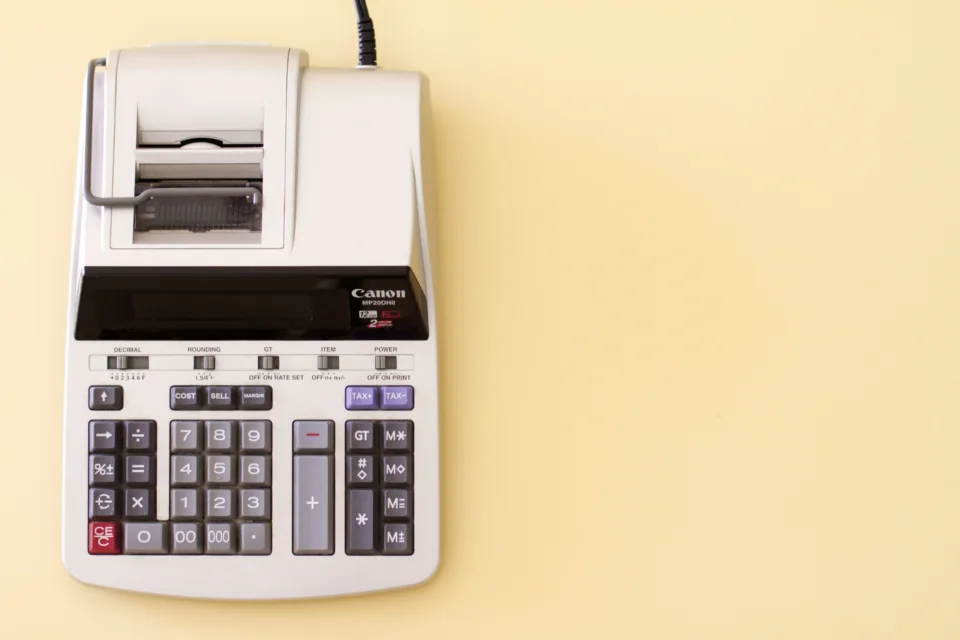How to Improve Tax Return Client Delivery
Time management during tax season affects more than just your calendar. It influences your firm’s profitability, staff retention, and client satisfaction. While e-filing with the IRS and state agencies has streamlined submission, many firms still face operational friction when delivering client tax returns — especially around reviews, signatures, and payment collection.
Common Client Tax Return Delivery Challenges
We’ve seen numerous approaches to tax return delivery, each with its own inefficiencies. Here’s how those methods typically unfold:
The Hybrid Paper-Digital Process
Many firms blend digital and manual steps. It often looks something like this:
- Call the client and tell them the tax return is ready. Before emailing it to them, you password-protect the return using the last four digits of their Social Security number.
- After client review and approval, print out a copy for the client to come in and sign, along with a Form 8879.
- Scan the signed return and Form 8879, and load them in the document storage solution.
- Present the client with an invoice during their signing visit. They forgot their checkbook, so then your admin emails an invoice so they can mail their payment or drop it off another time.
- E-file with the IRS.
- In August, when the client calls because they are refinancing their house, the admin sends the returns to the client again, password-protected.
Pain Points:
- Clients are inconvenienced by office visits.
- Staff time is wasted coordinating in-person signings.
- You may find yourself staying late to accommodate client schedules for wet signatures.
- Manual document handling and payment collection slow down the process.
The Semi-Digital Process
Some firms take a more digital approach but still rely on disconnected systems:
- Call the client and tell them the tax return is ready. Before emailing it to them, you password-protect the return using the last four digits of their Social Security number.
- After the client reviews and approves the return, you upload it to your e-signature service and send the signature request to the client.
- After the client electronically signs the document, you download the signed copy, and upload the signed copy to the document storage system.
- Generate and send the client invoice. Wait for the client to mail payment, or drop it by the office.
- In August, the client calls because they lost their electronic copy of the return and the admin re-sends it.
Pain Points:
- Depending on multiple systems creates unnecessary complexity.
- Disconnected billing and payment processes continue to frustrate your team.
- When clients misplace files, your team ends up fielding retrieval requests.
These workflows share the same core problem: fragmentation. Manual steps and disconnected systems eat into your team’s time and your firm’s margins.
A Better Approach: The Integrated Solution
A fully integrated practice management platform changes the game. It creates a closed-loop system that eliminates handoffs and bottlenecks:
- “Print” the client tax return documents from your tax preparation software (UltraTax, CCH, etc.) directly into your document management system.
- Based on automated workflows, the system notifies the client that the tax return is ready for review and electronic signing in the client portal.
- Once the client e-signs the document, it is updated in the document management system and automatically notifies you that it’s complete.
- The system is triggered based on your billing workflow to automatically send the invoice, which can be paid online. Invoice reminders are sent automatically if not paid by the due date.
Key Benefits:
- Less time spent on administrative back-and-forth
- Faster payment cycles
- A smoother experience for your clients
- A happier, more focused team
If you’re wondering what type of system can support this workflow, the answer is accounting practice management software.
What to Look For in a Tax Return Delivery System
Practice management platforms are built to handle the realities of accounting firm operations. They bring document management, communication, workflow, and billing into one secure, integrated place.
From our experience working with firms of all sizes, here are the features that matter most:
- Tax software integrations
- Workflow automation
- Secure client portal
- E-signature capabilities
- Online payment processing
- Mobile access
- Security compliance
While Firm360 includes all of these, every firm is different. Take time to evaluate what matters most for your team’s efficiency and your clients’ experience.
Final Thoughts
By implementing an integrated practice management solution, your firm can transform disconnected processes into a frictionless workflow that unites tax preparation, document management, client communication, and payment processing.
We’ve seen firms transform their tax season by implementing practice management platforms that close the gaps between tax prep, communication, signatures, and payments. The result? More responsive client service, improved cash flow, and a team that spends less time chasing paperwork and more time delivering value.


